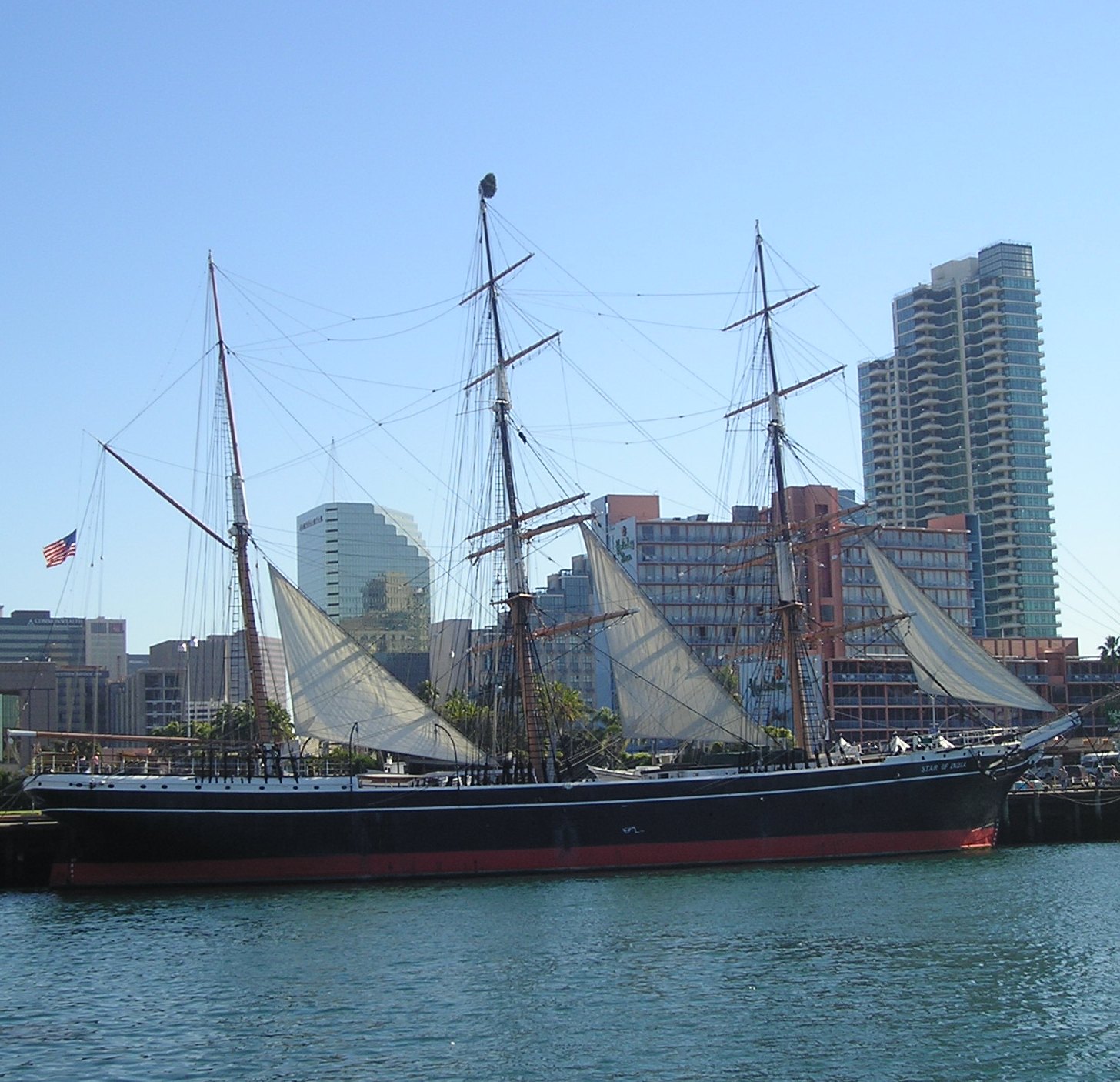
The time it took to travel from the east coast to west coast in the mid-1850s is described in American Ulysses: A Life of Ulysses S. Grant, by Ronald C. White.
The book is fantastic, by the way.
The time for transit from New York to Washington and back home is described. For comparison, I’ll repeat the timing for a trip by William Sherman described in another book, which I mentioned a while back.
Here are the transit times:
- 43 days – New York to San Francisco via Isthmus of Panama – 1852
- 51 days – San Francisco to New York via Panama – 1854
- 198 days – New York to Monterey, California sailing around Cape Horn – 1847
West-bound trip
Lieutenant Grant’s unit was transferred from Michigan to the Washington territory.
At the time, there were three options for the trip. First was overland via the Oregon Trail. Second, sailing around Cape Horn at the tip of South America. Third, portage across the Isthmus of Panama.
His unit went the Panama route.
His regiment left New York City on July 5, 1852. It took 11 days to sail to the east side of the Isthmus of Panama. It took two weeks to sail from the west side of the isthmus into San Francisco harbor, arriving August 17, 1852.
That leaves about 18 days to cross the isthmus and find a ship bound for San Francisco.
A cholera outbreak not only slowed them down, but also killed many of the travelers. Of 700 who Grant had responsibility for as quartermaster, only 450 got on the San Fran bound ship, according to the book. That tally of 700 included a number of soldiers’ wifes and children.
Thirty seven soldiers died on one day. Some of that loss of 250 may have been people left behind because they were too sick to travel.
Let’s count the cost of the trip, apart from the dollars involved. It took 43 days to get from New York to San Francisco. The unit was stationed in Michigan so they had additional travel time to get to New York. Then Grant had to arrange transportation by boat.
One more cost to count…Of 700 soldiers and family members leaving New York, only 450 arrived in San Fran. That is 35% attrition. Some may have caught up after they recovered, but a large portion died on the trip.
The unit was actually headed to Columbia barracks, in the Washington territory, just north of Portland. After hanging out in San Francisco a few weeks, Grant (and the unit presumably) headed north. He arrived on September 20.
I am guessing he left Michigan in mid or late June and arrived in Washington territory on 9/20. That is about three months to relocate from Michigan to Portland, via New York and the isthmus. A quarter of a year’s salary for a regiment in order for them to move from Michigan to the Washington territory.
The New York – San Francisco trip was 43 days.
Return trip
In 1854 Grant resigned his commission.
He was stationed at Fort Humboldt on the coast in northern California at the time. He left there for San Francisco on May 7, 1854. He arrived in New York on June 25. That is seven weeks and 2 days to go from west coast to east coast. The biography does not say what route he took. Based on the time, it looks like that was across the Isthmus.
He arrived at his parent’s home in Bethel, Ohio in July 1854 and arrived home in Missouri in August (date not mentioned in text).
That is around three months to get from the northern coast of California, to New York, and then to Missouri.
William Sherman’s trip to California
In August 2014, I described the time for a trip from east coast to west coast: More good stuff on the open frontiers – 8/26
Previously explained
Travel time in 1800s. When William Sherman was a Lieutenant, he transferred from Pennsylvania to California. He left New York on the U.S.S. Lexington, which was loaded with cannon. That meant the cargo was too heavy to portage across the Isthmus of Panama, so the ship went via Cape Horn. The journey took 6 months:
The Lexington finally glided into Monterey on January 26, 1847, after 198 days at sea.
O’Connell, Robert L. (2014-07-01). Fierce Patriot: The Tangled Lives of William Tecumseh Sherman (Kindle Locations 667-668). Random House Publishing Group. Kindle Edition.
So the trip around Cape Horn took six and a half months.
I love this stuff. Little factoids from history.
Hi Jim:
Those tidbits provide a delighful perspective on the astounding progress in technology and quality of life over time. Thanks for taking the time to commment.
Jim
Life in those times proves how determined people were in building a free world The United States.just imagine how life will be in another 219 years.
Hi Michael:
If free enterprise, property rights, and democracy (okay, a republic) are allowed to function, we cannot begin to image how woderful the future can be.
As I often say, the future is so bright we need sunglasses.
Thanks for taking the time to comment.
Jim